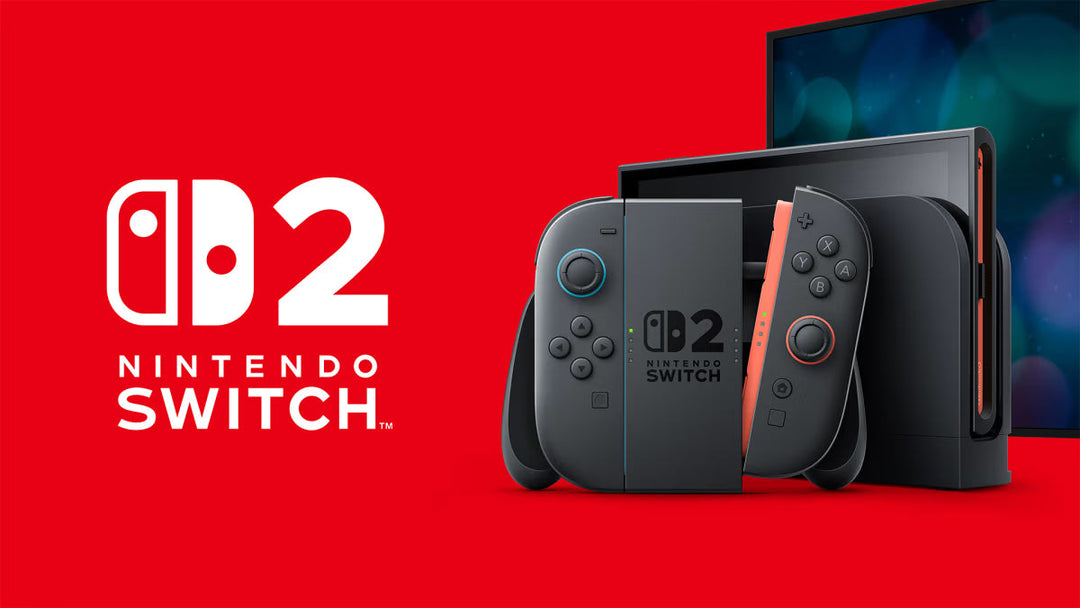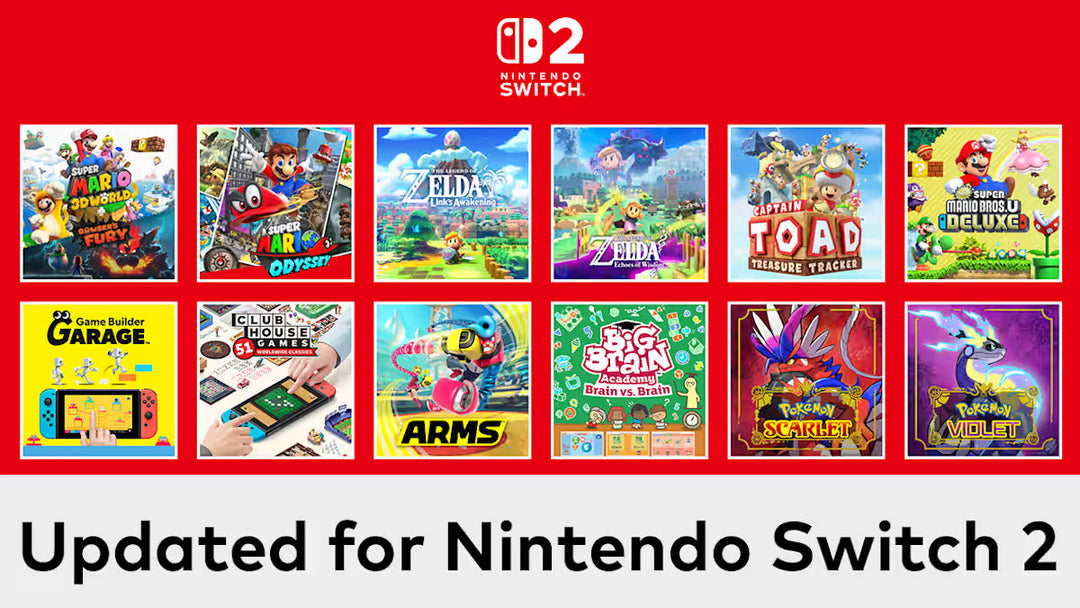What Is Controller Deadzone? Understanding the Zone Between Input and Action

In fast-paced gaming, every millisecond of control matters. If your character doesn't move when you slightly push the stick—or worse, moves on its own—you might be dealing with a "deadzone."
What Is a Deadzone?
A controller deadzone is the range around the center of an analog stick where movement is ignored by the system. This buffer is meant to prevent small, unintentional inputs from being registered, especially when your stick naturally rests a bit off-center.
There are two kinds of deadzones:
-
Inner Deadzone: The distance the stick must move from center before input is detected.
-
Outer Deadzone: The outer edge beyond which no further input is recognised—even if you push harder.
Why It Exists
Analog sticks can slightly wobble when untouched or degrade over time. Without a deadzone, this could lead to constant unintended movement (aka "drift"). The deadzone helps keep controls stable.
The Balance: Too Much vs Too Little
-
Too large: You may have to push further before the game responds, which feels sluggish.
-
Too small: You might get unwanted movement from small, accidental touches or hardware wear.
How to Adjust Deadzone
Many games and systems allow you to customise deadzones:
-
On Steam, use controller settings to set inner and outer thresholds.
-
On Xbox, try the Xbox Accessories app.
-
Some games (especially shooters) let you fine-tune deadzones in gameplay settings.
Hall Effect Advantage
Modern Hall effect joysticks (like those used in Techyin gear) use magnetic sensors instead of mechanical ones. This eliminates wear, allowing for smaller deadzones and smoother response—ideal for competitive play.
Final Thought
Whether you're playing competitively or casually, understanding deadzones lets you customise your controller to feel just right—tight, responsive, and reliable.






